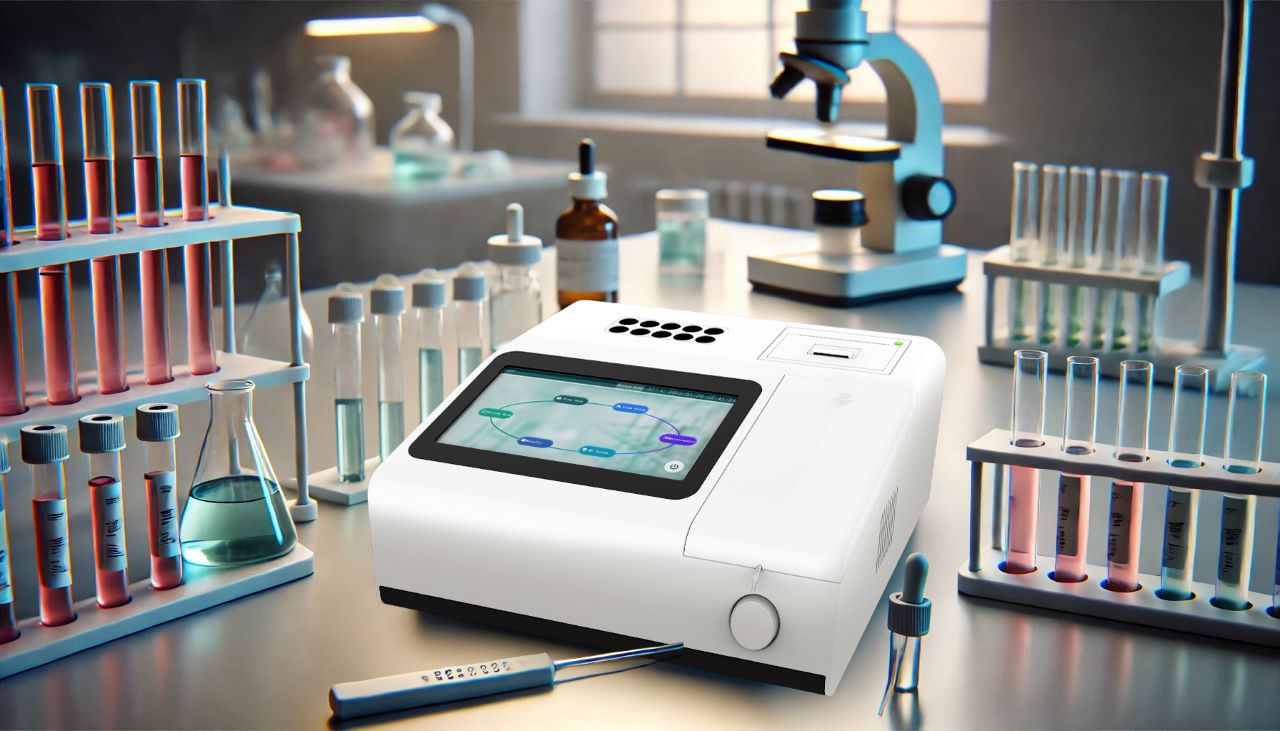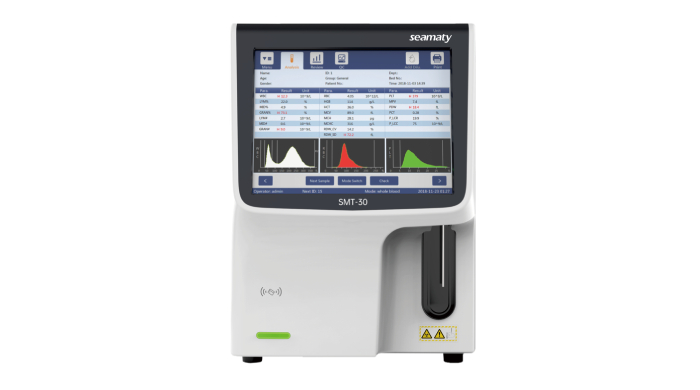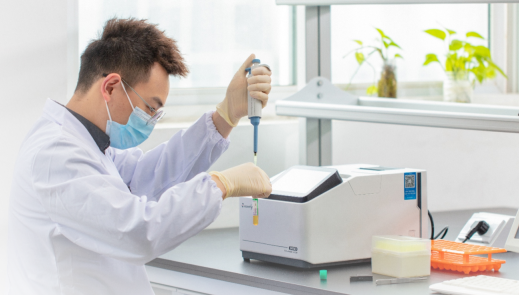release time:2021-10-15 15:26:49

2025-02-11
Discover cheap chemistry analyzers for 2025. Our buying guide explores top models like Mindray BA 88A, Microlab ARX 199, and Seamaty SMT70A. Find reliable performance without breaking the bank.

2022-09-18
Hematology analyzers, also known as cbc machines, are mainly divided into fully automatic and semi-automatic instruments on the market today.The difference between 3-Part and 5-Part Hematology Analyzer?

2021-08-26
These new immunological analysis equipment has greatly increased the sensitivity and specificity of the analysis index, and also significantly improved the accuracy and efficiency of the test. In particular, the fully automated chemiluminescence immunoassay analyzer has become the most widely used and actively developed test equipment in clinical testing.